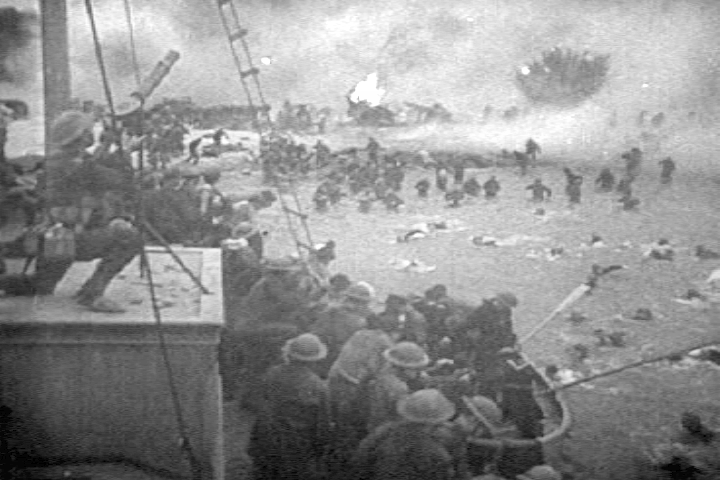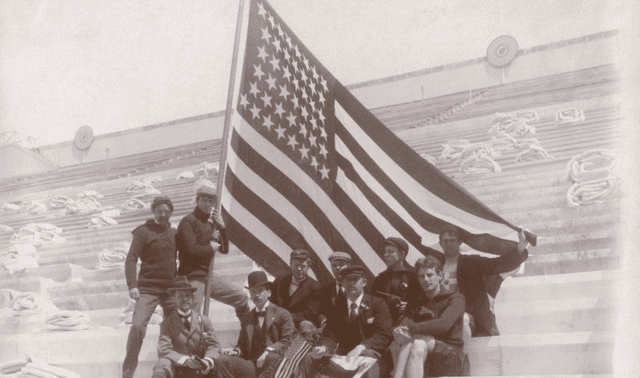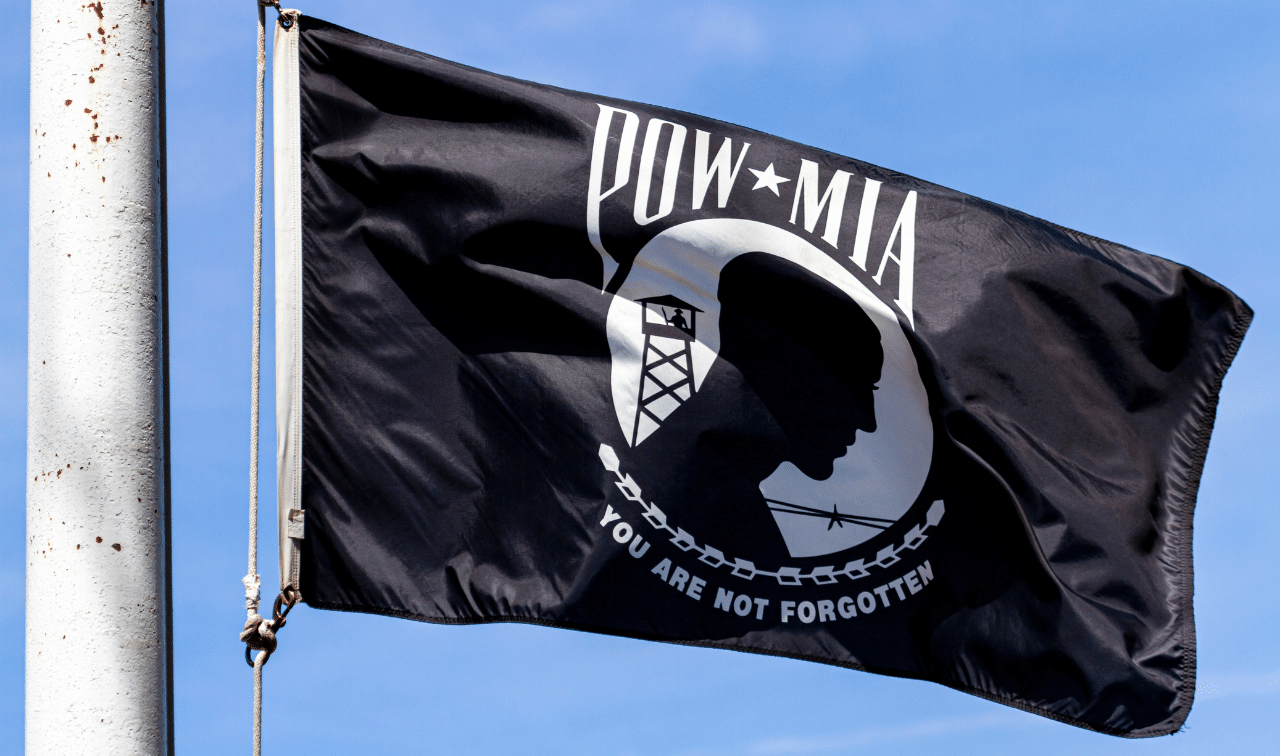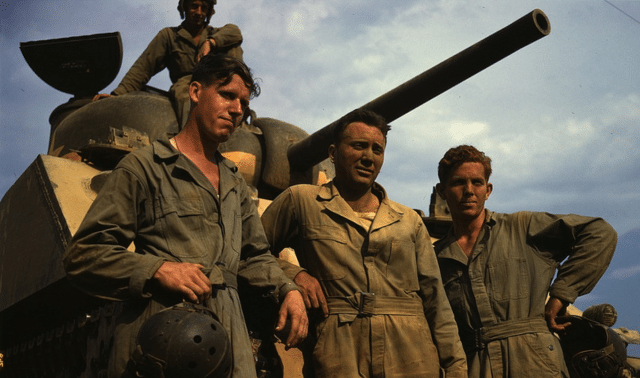While we on US soil are very familiar with D-Day and the Normandy invasion, the significance of Dunkirk in World War II may not resonate as much because it occurred prior to US involvement. However, the Dunkirk evacuation is a major event in the war — and with the release of the movie in theaters, it’s a good time to review our history.
What is the significance of Dunkirk?
Dunkirk, France, is a French seaport which became significant as the site in which 198,000 British, and 140,000 French and Belgian troops were evacuated and saved from the German invasion between May 26 and June 4, 1940.
Over the course of those ten days, the British used hundreds of naval vessels and civilian boats alike in the evacuation.
When Germany invaded the northern France and the Low Countries of Belgium, the Netherlands and Luxembourg, they were powerful enough to drive the Allied forces back. By May 15th, the Germans had broken through French defenses into open country, turning west toward the English Channel. The forces to counter this attack were simply not available to French General Henri Giraud, and the Germans had advanced far enough, it became necessary to withdraw.
German armored forces cut off the Allied forces in Belgium. In addition, other German troops reached Amiens and Abbeville, cutting off all communications between the North and the South. Belgium was overrun and forced to sue for an armistice.
Pushed back from both the south and the west, the Allied troops were cornered at Dunkirk.
Prior to Belgium’s fall, the British government decided to launch Operation Dynamo, the name given to the evacuation of British troops by sea from Dunkirk. To that end, they had been collecting small craft of every kind to assist in bringing away the troops. The retreat to the coast now became a race against the German invasion.
The evacuation was a slow and difficult process. Some of the troops were able to be evacuated via the eastern breakwater with a wide boardwalk, which provided a de facto dock. However, the bulk of the troops had to be evacuated directly off the beach as most of the port facilities had been destroyed.

Without the air cover provided by the British Royal Air Force and the French naval craft, the casualties would have been catastrophic. As it was, the Allied Forces lost a lot of ground as well as quite a bit of heavy equipment, tanks, artillery and motorized transport, which had to be left behind. More than 50,000 British troops were unable to escape the Continent.
Researching British military ancestors
If you’re looking for a British or Irish relative in the military during World War II, start with Findmypast. Among their records sets are the Army Roll of Honor 1939 – 1945, British Army Casualty Lists, Middlesex War Memorials, Plymouth Second World War Records, and Royal Artillery Casualty Cards. You may also want to check out their British Newspapers collection.
Forces War Records has a searchable database of over 10 million records that you can search in by name and war, as well as search regiment, ship or RAF base histories.
For photographs of Dunkirk, the website for the Imperial War Museum has a substantial collection.
The Commonwealth War Graves Commission has a searchable database that lists the names and place of commemoration of the 1.7 million who died in the two world wars. It also contains a database of 23,000 cemeteries, memorials and other locations worldwide where Commonwealth casualties are commemorated.
Cyndi’s List has a thorough collection of links to resources for the United Kingdom & Ireland.




